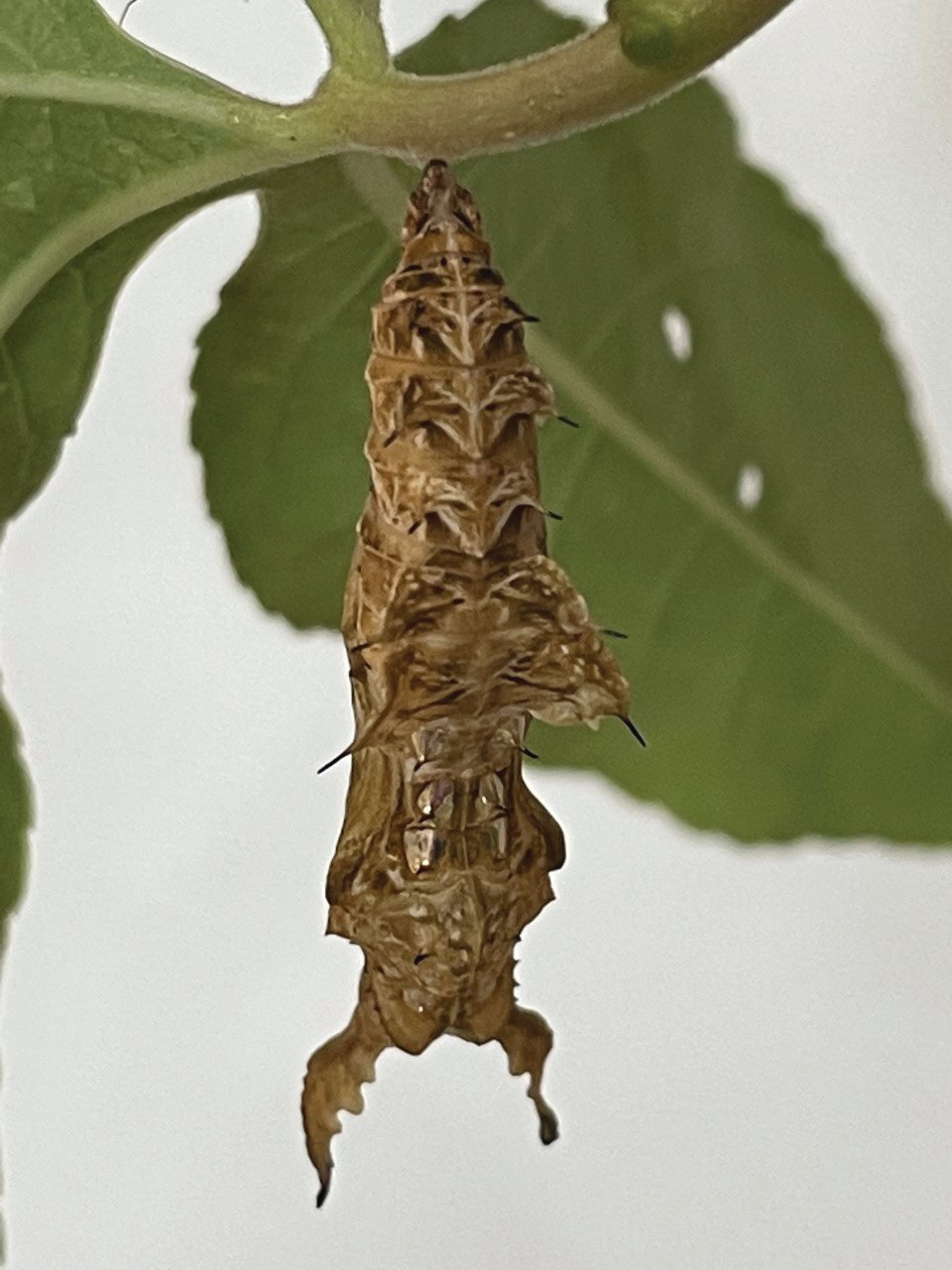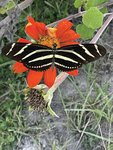The Zebra Longwing: Florida’s state butterfly
ORANGE PARK – This I have had the opportunity throughout the summer to raise these beautiful butterflies in net rearing cages. I decided to take on this task because in the open garden, I was …
This item is available in full to subscribers.
Attention subscribers
To continue reading, you will need to either log in to your subscriber account, below, or purchase a new subscription.
Please log in to continueDon't have an ID?Print subscribersIf you're a print subscriber, but do not yet have an online account, click here to create one. Non-subscribersClick here to see your options for subscribing. Single day passYou also have the option of purchasing 24 hours of access, for $1.00. Click here to purchase a single day pass. |
The Zebra Longwing: Florida’s state butterfly
ORANGE PARK – This I have had the opportunity throughout the summer to raise these beautiful butterflies in net rearing cages. I decided to take on this task because in the open garden, I was losing a lot of eggs, caterpillars and unborn butterflies to predators. Pests such as lizards and ants would eat the eggs as soon as the butterfly would lay. Wasps would kill and eat the butterflies’ caterpillars and also lay their eggs in the chrysalis. The wasp eggs hatch and devour the unborn butterfly.
I was on a mission to protect our state’s butterfly throughout its life cycle.
The host plants for this butterfly are the various species of Passion Vine, of which I have many growing on trellises in my garden. The Zebra prefers the shadier areas of the garden but will venture out in full sun to feed. Surrounding the garden is Spanish needles, one of its favorite nectar plants. Other nectar plants that this butterfly like are pentas, lantana and zinnias.
Some facts: the Zebra is a social butterfly and will congregate in large numbers. It is also one of the longest-lived butterflies. It may live for several months. Its longevity is thought to be attributed to its ability to not only consume nectar, but to process pollen for food. The adults breed all year in southern Florida and migrate to northern Florida in the spring.
Here are pictures of the four life stages of this special butterfly that I have witnessed – egg, caterpillar, chrysalis and adult.















